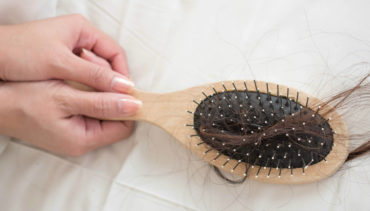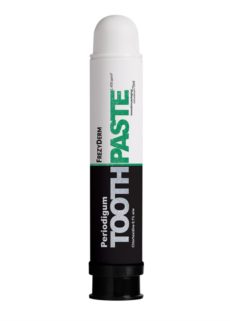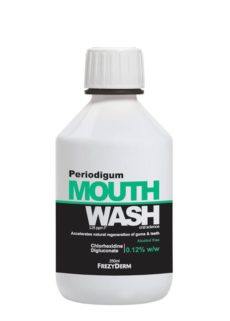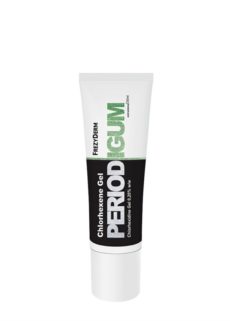
Periodontitis: The FAQs
Periodontitis is another, more clinical name for gum disease and pyorrhoea, and is an inflammation of the tissue around the teeth, often causing shrinking gums, bleeding when brushing and/or flossing and loosening of the teeth at its worst.
Did you know that gum disease, not tooth decay, is the biggest case of tooth decay, and that only 60% of women in the UK aged 45 have their own teeth?
Like many diseases, Periodontitis doesn’t sound particularly pleasant but let’s shed some light on this very common oral problem through some of the most frequently asked questions…
What is it?
From an etymology perspective “Peri” means around, and “odontal” refers to teeth. The suffix “itis” is always used to mean disease. So, it’s a disease that affects around the teeth. Or Gum disease if you prefer more straight-forward English.
What are the symptoms?
The main symptoms of gum disease are sore, swollen and inflamed gums that tend to bleed during brushing. If gum disease is left untreated it can progress into more advanced symptoms like bad breath (halitosis), loose teeth, gum abscesses, receding gums and a metallic taste in your mouth, too name but a few.
What causes it?
Gum disease can be caused by several things, but bad oral hygiene is the most common cause. Your mouth is naturally full of bacteria and when this combines with saliva it creates a sticky film known as plaque, which builds up on and around your teeth. The plaque’s bacteria feed on the residue of carbohydrates (sugary or starchy foods) and they produce acid.
Over time it’s this plaque acid that erodes your tooth’s enamel, causing tooth decay. Other plaque bacteria can irritate your gums too, making them inflamed, sore and prone to bleeding when brushed.
Who does it affect?
Gum disease is a very common condition and affects 3 out of every 4 adults in the UK over the age of 35. But that doesn’t mean it’s something that only happens later in life. Sadly, more than half of teenagers have some form of the disease too. Another group at high risk from the disease are smokers. Smoking is known to cause around 50% of all gum disease cases in the UK, so it’s now time to quit smoking, not only for your overall health but also for your gums’ sake too.
How can it be treated?
The first course of action is to start having a good oral hygiene routine in place. By taking care of your teeth, your gums will also be well looked after, thus getting rid of gum disease.
Choose a good toothpaste that’s specially created for your condition, so in this case gum disease. Our Periodontitis Toothpaste is a must. Enriched with chlorhexidine 0.1% (a powerful antibacterial with plaque-inhibiting properties), bioactive peptide and hyaluronic acid, helping to accelerate gum regeneration and prevent loss of teeth. Through healing gums and preventing cavities, this toothpaste also treats plaque and bleeding gums.
Brush your teeth at least twice a day (morning and before bed), floss once a day and use a good mouth wash after every brush for optimal dental health. We suggest following on from the Periodontitis Toothpaste with the matching mouthwash. With all the active properties of the toothpaste the mouthwash also has anti-inflammatory and antimicrobial action whilst treating dental plaque.
For an extra line of defense against gum disease, our Periodontitis Chlorhexene Gel adds extra punch in your war on periodontitis. Apply topically 2-3 times a day, let it sit for 20 mins before rinsing away. And remember, chlorhexidine products are only used for treatment and not preventive purposes for a limited amount of time. Speak to your dentist for further information.











